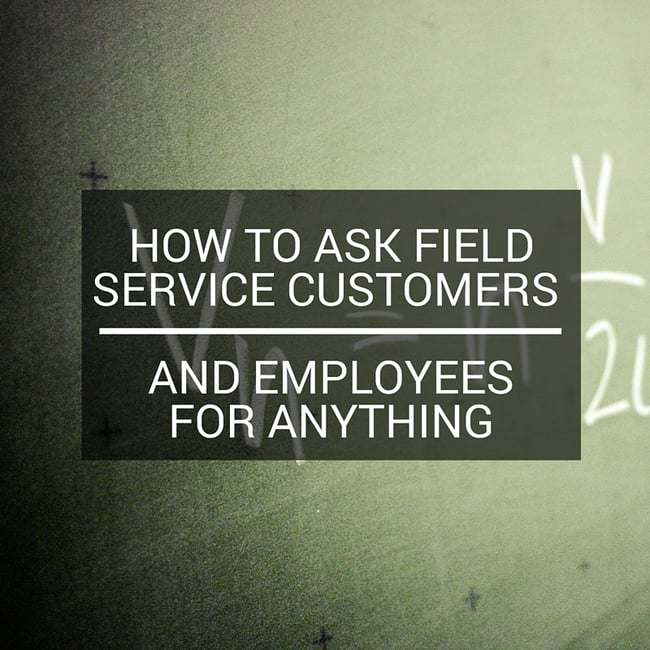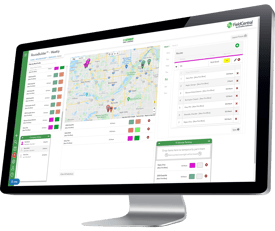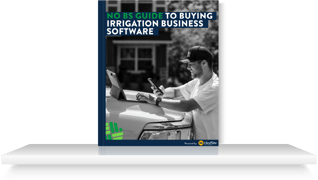
I recently attended a seminar from John Baker, a professional speaker who has developed what he calls The Asking Formula. Essentially, it is a six step process to ask for anything - a raise, a sale, a referral. I was thinking about how it could apply to the green industry and field service companies. How can they ask for a sale? How should they go about asking for a referral.
John said that there are three ways that we influence people:
- Information - This where we simply present information and hope people formulate a decision that is desirable to us
- Command - This is often a situational form of influence. People are put in positions of power and need to lead through commands
- Asking - This lies somewhere in between the previous two
I’m going to (roughly) lay out what his formula is and then give some examples that could be applicable to field service and green industry businesses. The main objective of the formula is to get what you ask for in any situation. Doesn't that sound awesome?
Step 1 - Know what you want
The first step in getting what you ask for is knowing exactly what you want. You need to have exactly what you want in mind before you ask for it. It can’t be vague, it has to be specific. If you want to increase sales next season, how much do you want to increase them by?
"What happens in vagueness, stays in vagueness..."
Your “want” should be specific, it should be something that can be measurable and and you should have a time frame of when you want it to happen.
How to apply this
Know what your end goal is before you go into asking. If you’re a lawn maintenance company and need to sell your services to more people, know exactly what you’re going to ask those prospects for.
Step 2 - Ask for what you want
This is where you begin the interaction. Formulate your ask and make it a statement. “I am asking you to go with our irrigation services this year”. It shouldn’t be open ended, it shouldn’t leave much wiggle room.
How to apply this
If you’re meeting with a new prospect, be forward with how you want to proceed. If you’re asking an employee to pick up more responsibility, be straightforward and don’t loop information on the topic. It is a statement, and not a question - "I am asking you".
Step 3 - Show what you want
People respond well to visual aids. Two thirds of people prefer learning visually. Show the person you’re asking what you’re asking for.
How to apply this
If you’re pitching to a prospect, this could be your time to show a brochure or some of your work. If you’re asking your employees for higher attention to detail, show them what your expectations are.
Step 4 - Three best reasons
The first three steps are what John called “Me” steps, the next three are “You”, or about the person you’re asking. Here is where you give supporting evidence. This is a two part step - first, list all of your best reasons for why your audience would give you what you are asking for, and two - whittle down that list to three of your best reasons. People learn in threes. It is easier to remember for them throughout the remainder of the discussion.
How to apply this
First, list out all the reasons why the person you’re asking would benefit from what you’re proposing. Figure out as many reasons as possible. Then, start narrowing that list down to three reasons. Remember, these steps shouldn’t be “I” or “Me” statements. Find three of the best reasons why your prospect should choose you.
Step 5 - Stop talking
Let who you’re asking talk. Let them voice any objections. See what their thoughts are on your ask. If nothing is brought up, reiterate your ask from Step 2.
How to apply this
This is the step in the process that you listen to what your audience has to think about your ask. Make sure you’re actively listening to what they are saying and what you could do for them.
Step 6 - Share your data
The final step in the Asking Formula is to handle any of the questions your audience brought up. This step only happens if you’re questioned about your ask. Reiterate your best reasons and also show data to back your best reasonings.
How to apply this
Don’t oversell. If you have a yes, stick with it. You don’t need to keep selling.
I'll leave off this post with this point that John made,
“When your story and theirs interacts, that is when you have influence.”
That is when you connect with your audience and you are able to get what you ask for.
So you've learned what The Asking Formula looks like and how you can apply it daily to your business. Right now, I am asking you to watch our demo (if you haven't already!) by clicking below. See what I did there?








